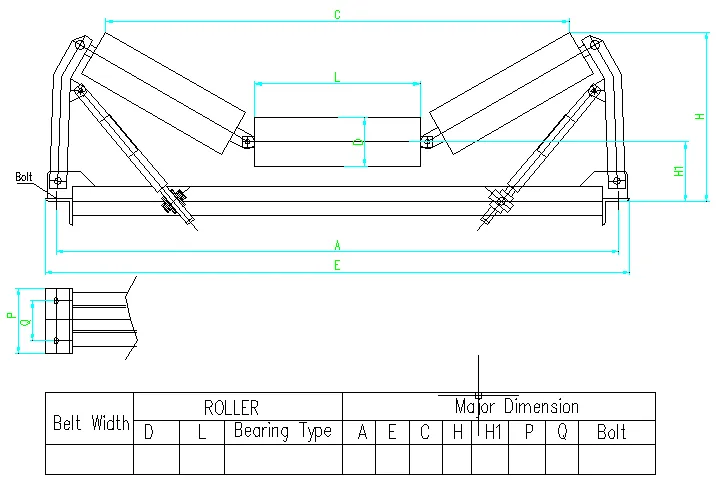 Afrikaans
Afrikaans  Albanian
Albanian  Amharic
Amharic  Arabic
Arabic  Armenian
Armenian  Azerbaijani
Azerbaijani  Basque
Basque  Belarusian
Belarusian  Bengali
Bengali  Bosnian
Bosnian  Bulgarian
Bulgarian  Catalan
Catalan  Cebuano
Cebuano  Corsican
Corsican  Croatian
Croatian  Czech
Czech  Danish
Danish  Dutch
Dutch  English
English  Esperanto
Esperanto  Estonian
Estonian  Finnish
Finnish  French
French  Frisian
Frisian  Galician
Galician  Georgian
Georgian  German
German  Greek
Greek  Gujarati
Gujarati  Haitian Creole
Haitian Creole  hausa
hausa  hawaiian
hawaiian  Hebrew
Hebrew  Hindi
Hindi  Miao
Miao  Hungarian
Hungarian  Icelandic
Icelandic  igbo
igbo  Indonesian
Indonesian  irish
irish  Italian
Italian  Japanese
Japanese  Javanese
Javanese  Kannada
Kannada  kazakh
kazakh  Khmer
Khmer  Rwandese
Rwandese  Korean
Korean  Kurdish
Kurdish  Kyrgyz
Kyrgyz  Lao
Lao  Latin
Latin  Latvian
Latvian  Lithuanian
Lithuanian  Luxembourgish
Luxembourgish  Macedonian
Macedonian  Malgashi
Malgashi  Malay
Malay  Malayalam
Malayalam  Maltese
Maltese  Maori
Maori  Marathi
Marathi  Mongolian
Mongolian  Myanmar
Myanmar  Nepali
Nepali  Norwegian
Norwegian  Norwegian
Norwegian  Occitan
Occitan  Pashto
Pashto  Persian
Persian  Polish
Polish  Portuguese
Portuguese  Punjabi
Punjabi  Romanian
Romanian  Russian
Russian  Samoan
Samoan  Scottish Gaelic
Scottish Gaelic  Serbian
Serbian  Sesotho
Sesotho  Shona
Shona  Sindhi
Sindhi  Sinhala
Sinhala  Slovak
Slovak  Slovenian
Slovenian  Somali
Somali  Spanish
Spanish  Sundanese
Sundanese  Swahili
Swahili  Swedish
Swedish  Tagalog
Tagalog  Tajik
Tajik  Tamil
Tamil  Tatar
Tatar  Telugu
Telugu  Thai
Thai  Turkish
Turkish  Turkmen
Turkmen  Ukrainian
Ukrainian  Urdu
Urdu  Uighur
Uighur  Uzbek
Uzbek  Vietnamese
Vietnamese  Welsh
Welsh  Bantu
Bantu  Yiddish
Yiddish  Yoruba
Yoruba  Zulu
Zulu types of take up pulley
Understanding Different Types of Take-Up Pulleys
Take-up pulleys play a crucial role in various mechanical systems, particularly in the field of material handling and conveyor belt systems. They are designed to maintain tension on the belt, reducing slack and preventing excessive wear and tear. Understanding the different types of take-up pulleys and their respective applications can help in selecting the right system for specific industrial needs.
What is a Take-Up Pulley?
A take-up pulley is a device used to adjust the tension of a conveyor belt. It compensates for the stretch that occurs over time or as materials wear down. By maintaining proper tension, take-up pulleys ensure the efficient operation of conveyor systems, preventing slippage that can lead to service interruptions or damage to the belt or other components.
Types of Take-Up Pulleys
1. Fixed Take-Up Pulley
Fixed take-up pulleys are stationary units that do not allow any adjustment in tension once installed. They are typically found in conveyor systems where the length of the belt does not change significantly. Fixed take-up pulleys are simpler in design and installation, making them a cost-effective option. However, their inflexibility can lead to issues as belts wear over time, making them less ideal for applications with significant belt movement or stretch.
Adjustable take-up pulleys can be repositioned at various points along the conveyor system to provide the necessary belt tension. These pulleys come equipped with a mechanism, such as a screw or lever, allowing operators to easily adjust the distance between the pulley and the conveyor. This type of take-up pulley is highly versatile and is often used in systems where belt lengths are subject to change or where regular maintenance is required.
3. Gravity Take-Up Pulley
types of take up pulley

Gravity take-up pulleys utilize the force of gravity to maintain tension on the belt. These pulleys are mounted on a frame that allows them to move downward as the belt stretches. This self-adjusting feature makes gravity take-up pulleys ideal for long conveyor belts with variable loads, such as those found in mining operations or bulk material handling. They generally require less manual intervention, as they automatically adjust according to the belt’s needs.
4. Tension Take-Up Pulley
Tension take-up pulleys operate using a tensioning mechanism, often involving a spring or hydraulic system, which keeps the belt taut. These pulleys are adept at accommodating changes in belt tension due to varying loads and environmental factors. They are particularly suitable for dynamic applications where the belt undergoes frequent strain or slack, such as in high-speed conveyor systems or those that handle heavy materials.
5. Automatic Take-Up Pulley
Automatic take-up pulleys are advanced systems designed to continuously monitor and adjust belt tension without manual intervention. These mechanisms often incorporate sensors and automated controls that detect changes in tension and make real-time adjustments. This technology significantly enhances the efficiency and reliability of conveyor systems, especially in environments where consistent performance is critical, like in manufacturing or logistics.
Applications of Take-Up Pulleys
Take-up pulleys find their applications in a wide range of industries. In mining operations, they help manage long conveyor belts transporting ore and other materials over considerable distances. In food processing, where hygiene and precision are paramount, take-up pulleys ensure the seamless operation of conveyor systems transporting products through various stages of production.
In the manufacturing sector, these components are vital for lightweight and heavy-duty conveyor systems alike, facilitating the movement of parts through assembly lines. By maintaining proper belt tension, take-up pulleys not only improve overall system efficiency but also extend the lifespan of conveyor belts and other associated components.
Conclusion
Understanding the various types of take-up pulleys is essential for selecting the right system for specific industrial applications. By focusing on the characteristics and operational requirements of each type, businesses can optimize their conveyor systems, enhance productivity, and ultimately, drive better performance in their operations. Proper maintenance and timely adjustments to take-up pulleys can significantly improve the longevity of conveyor belts, making them a key component in material handling systems across diverse industries.
-
Wing Pulley Conveyor for Conveyor Belt MaintenanceNewsJun.16,2025
-
Self Cleaning Spiral Idler for Conveyor DesignNewsJun.16,2025
-
Pulley Lagging for Conveyor Belt AlignmentNewsJun.16,2025
-
Impact Idlers Used in Belt Conveyor for PerformanceNewsJun.16,2025
-
Ceramic Lagging Conveyor Pulley for Conveyor Belt SystemsNewsJun.16,2025
-
Belt Conveyor Idler for Heavy-Duty ApplicationsNewsJun.16,2025





























